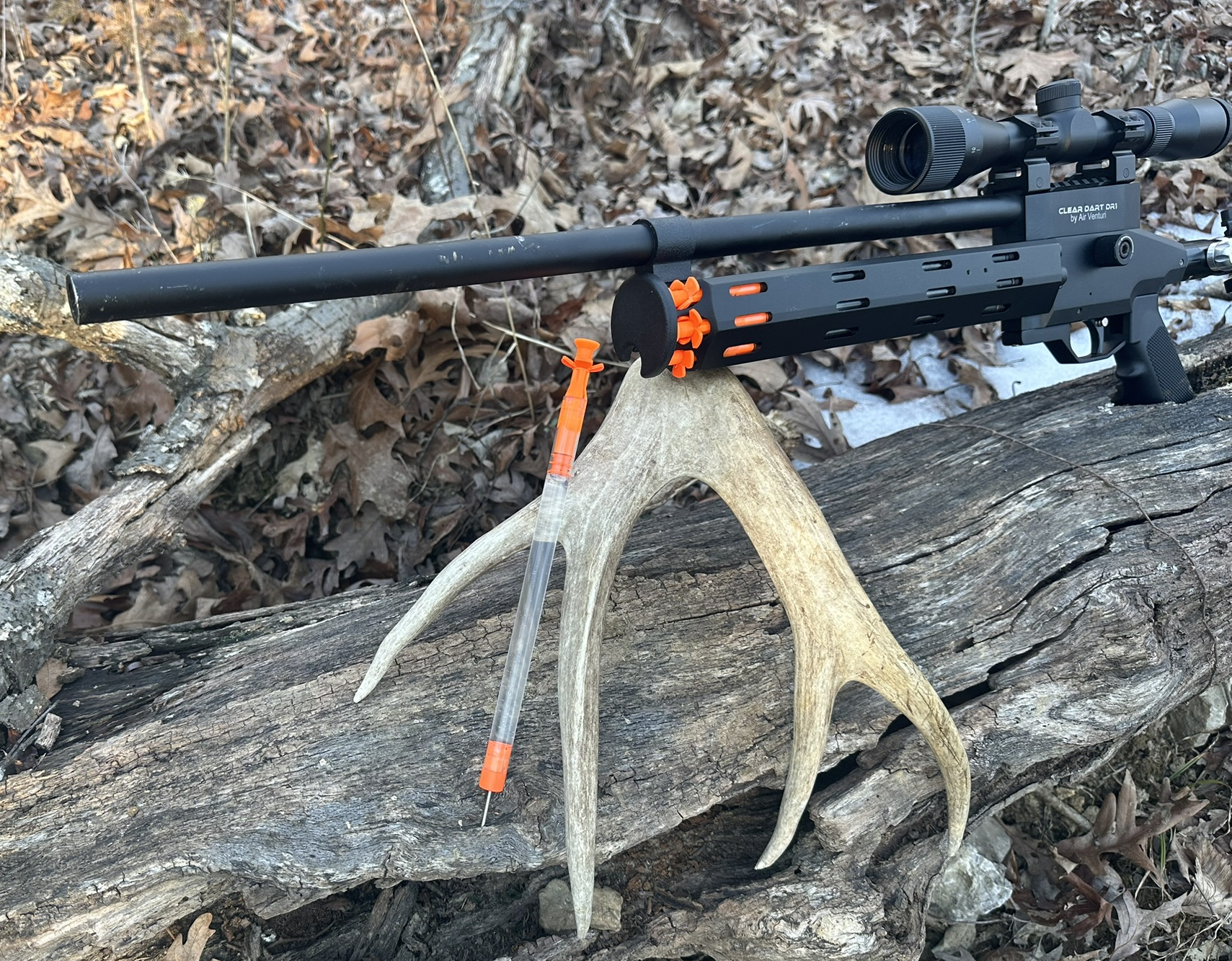In the world of animal care, veterinarians and wildlife professionals face the challenge of treating animals that cannot always be approached safely. Whether it’s a wild deer needing medical attention, a large bull requiring sedation, or a zoo animal undergoing routine health checks, the use of tranquilizer guns and medicated darts has become a vital tool for administering care efficiently and humanely.
Why Use Medicated Darts?
Medicated darts allow professionals to administer sedatives, vaccines, antibiotics, and other treatments without causing stress or injury to the animal. This method is especially useful for large, aggressive, or skittish animals that cannot be easily handled.
Common Animals That Require Tranquilizer or Medicated Darts
Wildlife Conservation & Management
- Deer – Darted for health monitoring, medication (e.g., antibiotics, sedatives), tagging, or relocation.
- Elk – Sedated for population control, disease prevention, or medical treatment.
- Moose – Darted for injury treatment, research tracking, or relocation.
- Bison – Used for medical care, vaccination, or transfer between conservation areas.
- Bears – Tranquilized for injury treatment, research, or relocation from human-populated areas.
- Mountain Lions / Cougars – Darted for tracking, tagging, and emergency relocation.
- Wolves – Used for population studies, medical checks, and vaccination.
- Foxes & Coyotes – Occasionally darted for rabies vaccination or relocation.
- Wild Boar / Feral Hogs – Used for disease testing, transport, or humane population control.
- Zebras – Darted in conservation areas for tagging, injury treatment, or transfer.
- Giraffes – Medicated darts used for sedation before medical treatment or transport.
- Rhinos – Often darted for medical care, dehorning (to prevent poaching), and conservation efforts.
- Elephants – Used for veterinary procedures, relocation, or tusk management.
Farm & Livestock Animals
- Cattle (Bulls & Cows) – Medicated darts are used for sedation, vaccination, and wound treatment.
- Horses – Darted for emergency treatment, transport, or handling aggressive stallions.
- Sheep & Goats – Occasionally sedated for hoof care, injury treatment, or medical exams.
- Pigs – Darted for stress-free medical procedures, sedation, or relocation.
Zoo & Exotic Animals
- Lions, Tigers, and Leopards – Medicated darts used for veterinary care, surgery preparation, or transport.
- Gorillas & Other Primates – Darted for health screenings, wound care, and research programs.
- Hippopotamus – Tranquilized for veterinary treatment or relocation.
- Crocodiles & Alligators – Darted for medical care, relocation, or conservation research.
Small or Dangerous Animals
- Dogs (Large Breeds & Aggressive Cases) – Sometimes darted in dangerous rescue situations or for medical treatment.
- Big Snakes (Anacondas, Pythons, etc.) – Sedated for safe handling, transport, or medical procedures.
- Large Birds (Ostriches, Emus, etc.) – Darted for health checks, relocation, or injury treatment.
The Future of Medicated Darts in Veterinary Care
As technology advances, medicated dart systems are becoming more precise, allowing veterinarians and conservationists to administer life-saving treatments with minimal impact on the animal. Innovations like Clear Dart, which offers a transparent dart to confirm medication delivery, help ensure that treatments are more effective and reliable.
By using medicated darts, professionals can safely manage animal populations, treat injuries, and contribute to conservation efforts without unnecessary stress or harm to the animal. This humane and efficient approach continues to revolutionize the way we care for both domestic and wild animals.

